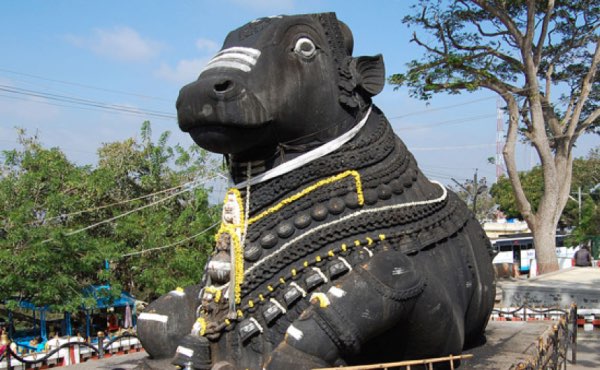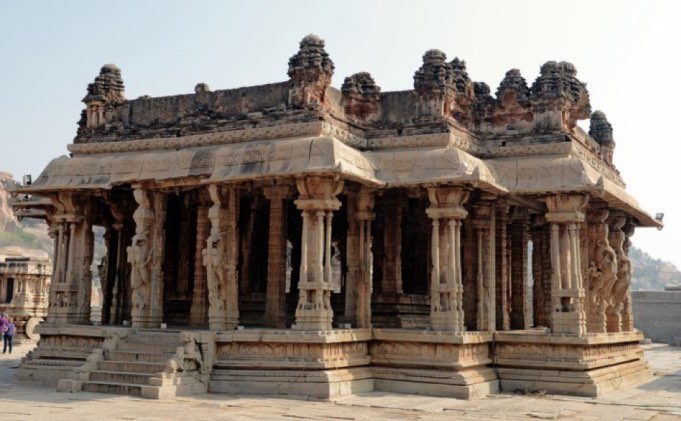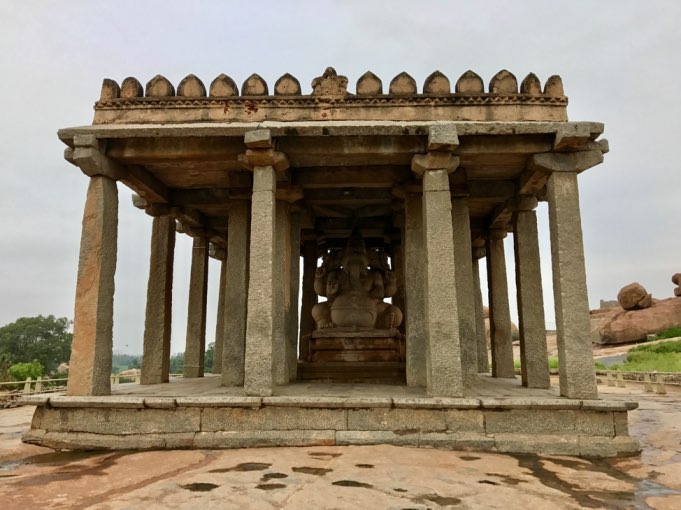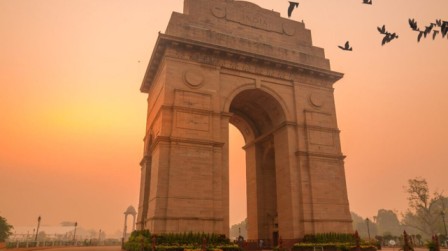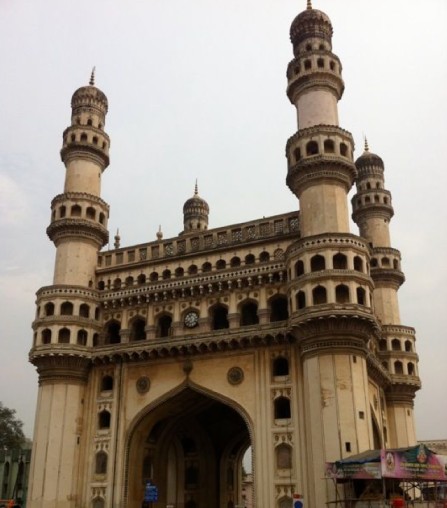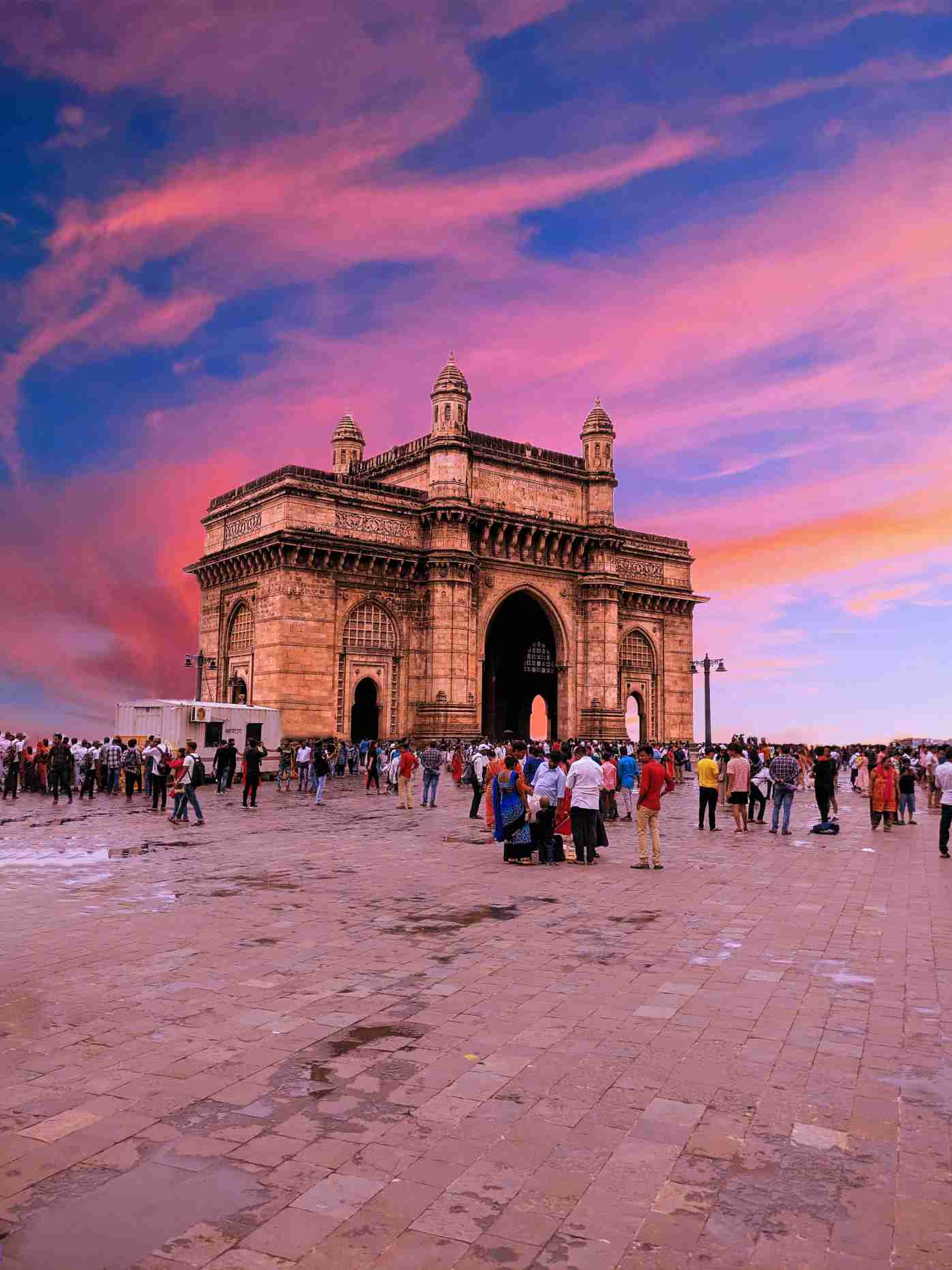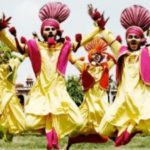Hampi – Heritage and Culture
Karnataka’s heritage and culture are something that cannot be missed while on a visit to South India. And if you are amidst large and open-air parks, walk-in museums then you certainly are in the land of Hampi.
The breathtaking sunset falling on the flowing river of Tungabhadra, a tributary of Krishna, internally reflects the rays into a spectrum of seven colours, depicting the beauty of rainbow amidst the blue skies.
Along with the perilously balanced gibber stone looking like they found stability in this uncertainty, are a result of the human intervention in the form of architecture building complemented by the laws of nature. The granite stones, the beauty of ‘Dassara Dibba’, the beautiful ridges – Hampi is a photographer’s dream come true! However, this is just the tip of the iceberg that Hampi contains, not restricting itself to the geological offerings.
Hampi – as defined by Ancient texts and History
It is believed that ‘Hampi’ as a name, is synonymous to Pampa – another name of Parvati, the goddess in Hindu Theology. Hindu theology says that Parvati, a reincarnation of Lord Shiva’s previous wife Sati, resolves to marry the austere hermit Lord Shiva. When her parents get to know her desire to marry Lord Shiva, they discourage her, but she eventually pursues her desire.
Shiva, lost in meditation, impervious to the outside happenings, finally married Parvati who tried to win his heart by changing her lifestyle. She begins the same activities of asceticism, Tapasya, and living like a Yogin to awaken the deeply ingrained in meditation Lord Shiva.
What is the connection between Hampi and the story then? According to Sthala Purana, it is believed that Pampa or Parvati spent her time pursuing asceticism in Hemakuta Hill, which is now a part of Hampi, to gain the attention of Lord Shiva to marry her.
Kishkinda, a place in Hampi, finds mention in yet another Hindu epic of Ramayana. It is said that Kishkinda was known as the Monkey Kingdom, where Lord Rama met Hanuman – the monkey God, while he was in search of his wife Sita who was abducted by the demon king Ravana.
While definite dates cannot be traced back to, the fact that Hampi has for long witnessed human habitation cannot be denied. According to recorded history, Hampi has seen many rulers, but came into limelight as the capital city of the Vijayanagara Empire – an empire ruled by self-proclaimed ‘Descendents/sons of God himself’.
Vijayanagar Empire – A History
The historical city of ruins can be classified into pre-Vijayanagar and post-Vijayanagar scene. The most recent excavation also traces back to the Stone Age. Along with this are the testimony of Buddhist panels which date from the 1st to the 2nd century BC, having an influence of King Ashoka – a strong proponent of Buddhism.
After the repeated invasion attempts by Islamic rulers from the North, Harihara, and Bukka – the two chieftains who were inspired by Saint Vidyaranya, established a strong kind that would act as a bulwark against foreign invasion. Harihara I eventually became the founder of the Vijayanagara empire and went on to become the first emperor in 1336. While initially, the capital city was at Anegundi, the capital eventually shifted southwards to the now UNESCO Heritage site of Hampi.
The medieval era around the 14th century also witnessed successful kingships in the form of dynasties like the Rashtrakutas, Chalukyas, Yadavas, and the Hoysalas – ruling through the western heart of the then subcontinent up to Sri Lanka for over 200 years.
Some of the most decorated rulers from the Empire include Harihara II, Devaraya, Achyutaraya, and the most famous of them all – King Krishnadevaraya. Remember Tenali Raman and his witty tales of intellect? Yes, he was one of the most renowned courtiers while Krishnadevaraya ruled.
Hampi Tourism 2020 – Top temples to visit in Hampi
In the late 16th Century A.D, the city of Hampi was reduced to ruins by the Deccan Sultanate. But what’s left today speaks volumes of what the city must have been in its prime. The following are some of the top Hindu Temples and Monuments which are major tourist attractions.
1. The Virupakshi Temple
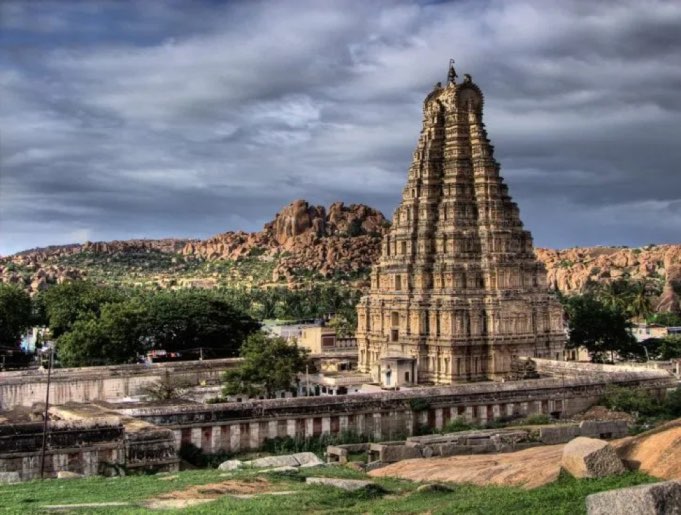
The temple is dedicated to Lord Shiva – the Hindu God who is often called the ‘destroyer’ among three dedicated Hindu Lords. The temple dates back to the 7th century and is one of the oldest functioning temples in India. The temple witnesses regular tourists and visitors, who come here to enjoy the place, as well as celebrate festivals and marriages scheduled all around the year.
While the temple is too tall to be looked at in just one glance, a few steps back reveal a beautiful trapezium. The Gopuram or the main entrance of the temple leads to the inner sanctum or the ‘Garbhagriha’, where the main deity is kept.
The Virupakshi temple dates back to the 7th century, making it the oldest functioning temple in India, as there are regular visitors and festivities including marriages scheduled around the year. The entrance also has some erotic sculptures, as found in the Khajuraho Group of Monuments.
The mural paintings in the temple interiors depict the various episodes of Ramayana. Stone pillars have carvings of various Hindu Gods reflecting meticulous craftsmanship. The entry point has a statue made of Monolithic Nandi, which is the ride of Lord Shiva according to Hindu Mythology. According to various historical accounts, precious stones like rubies and diamonds were sold in the Hampi Bazaar, which follows through a pathway from the temple.
Open Hours – Monday to Sunday: 6:00am-6:00pm
Entry fee:
- For Indian Citizens – INR 5
- For foreign tourists – $ 5
- INR 500 ($ 7.72) for the video camera
- INR 50 ($ 0.77) for still camera
2. The Iconic Vithala Temple Complex
Vijaya Vitthala Temple dates as far as the
15th Century A.D, having a massive complex and standing as a testimony of the
Vijayanagara Architecture. The temple is dedicated to Lord Vitthala, a form of
Lord Vishnu. The temple has various halls, shrines, and pavilions, including
the Kalyan Mantapa or the Marriage hall, Devi Shrine of the shrine of Goddess,
and Maha Mantapa or the main hall. The SAREGAMA Pillars are known as the
‘Musical Pillars’, which emanates a light musical tinkle.
Open Hours – Monday to Sunday: 8:30 am-5:30 pm
Entry Fee
- For Indian Citizen – INR 10
- For foreign tourists – $5
- INR 25 ($ 0.39) for video camera
3. Lakshmi Narasimha Temple
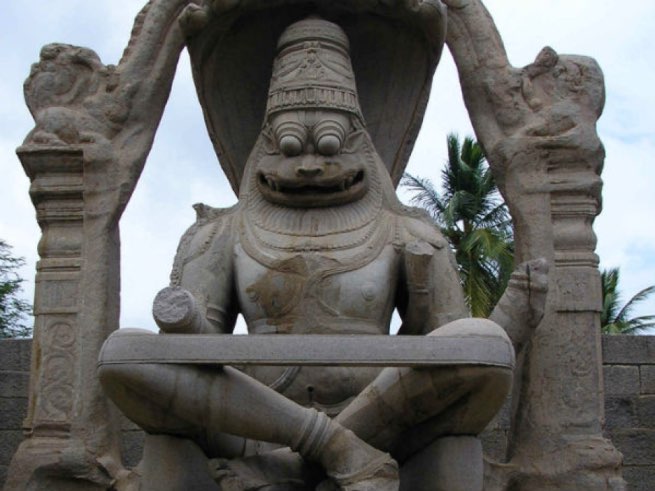
The largest statue in Hampi is housed in the Lakshmi Narasimha Temple. The monolithic statue is of Lord Narasimha, believed to be one of the incarnations of Lord Vishnu, and dates back t the 16th Century A.D. Lord Narasimha sits on the Seshanaag – a seven-headed snake which acts as a shelter to him. Goddess Lakshmi sits along with Narasimha.
Open Hours – Monday to Sunday: 6:00am-6:00pm
Entry Fee
- No entry fee
4. Sasivekalu Ganesha Temple
Sasivekalu Ganesha Temple lies in the southern
side of the Hemakuta Hill. The tall monolithic statue of Lord Ganesha is the
highlight of the temple, over 2.5 meters long. A snake is carved on the belly
of Lord Ganesha’s statue. According to mythology, Lord Ganesha ate a lot. To
prevent his stomach from bursting, the elephant-headed God tied up a snake
around his belly!
The status of Lord Ganesha is in a half-lotus having four arms, and a pavilion along with the statue dating back to 1500 A.D. The temple is built in the memory of Narsimha II.
Open Hours – Monday to Sunday: 6:00am-6:00pm
Entry Fee
- No entry fee
5. Hemakuta Hill Temple Complex

Hemakuta hill lies in the southern part of Hampi, with several Hindu Temples built in the 9th-14th Century A.D in the region. Lord Shiva is the deity placed in most of the temples. While some of the temples remain intact, many have fallen into ruins. Even then, the architecture of the temple is so unique that it definitely is worth a visit. The pyramid-shaped roof is made of granite, having three-tiered structures, with floral motifs increasing the beauty of the walls.
Mula Virupaksha Temple is one of the most important temples in the Hemakuta Hills.
Open Hours – Monday to Sunday: 6:00am-6:00pm
Entry Fee
- No entry fee



